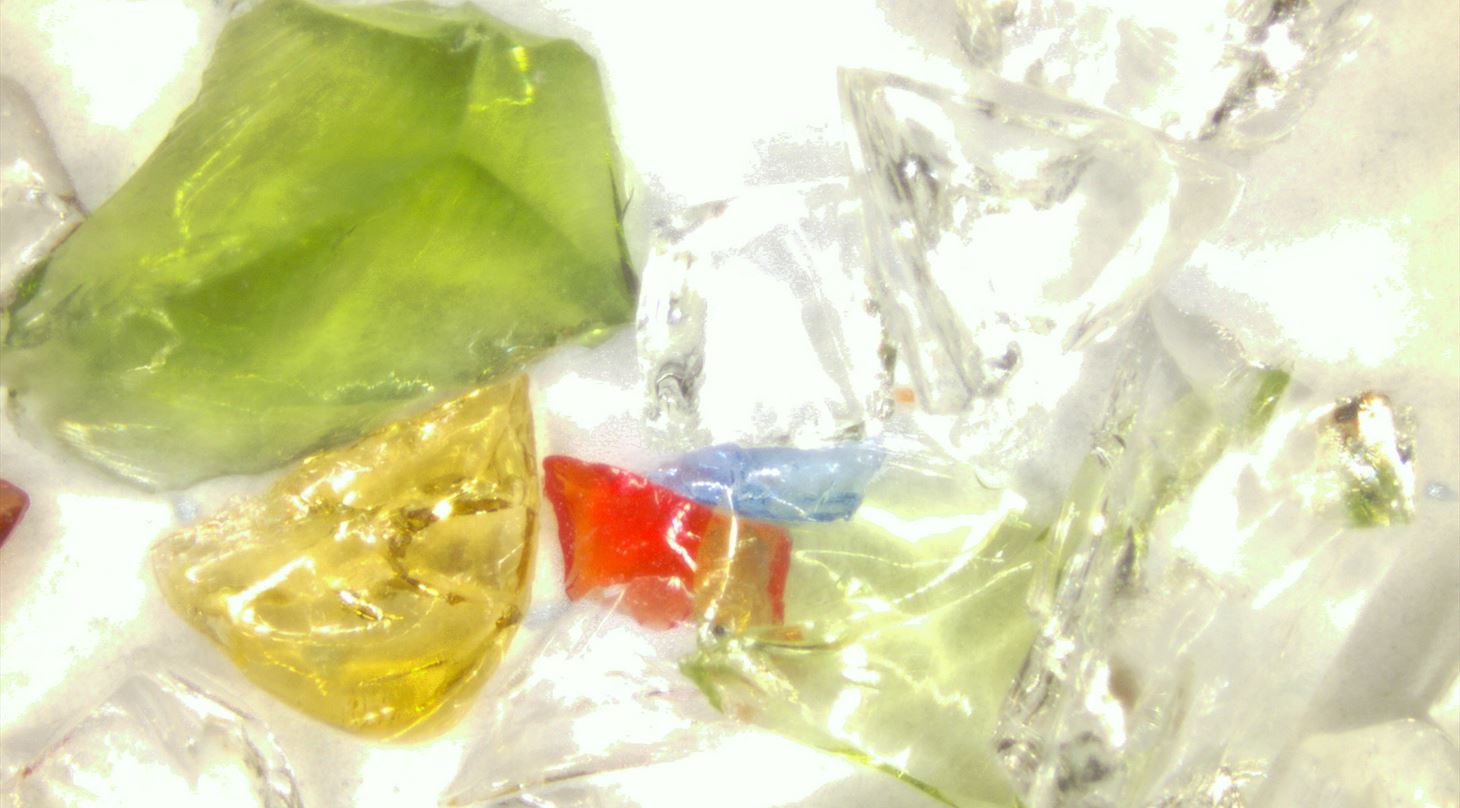
Glass Identification - And Comparison With Reference Samples
At the Danish Technological Institute, we offer measurement of refractive index primarily for glass samples.
Glass fragments from different sources often have different refractive indices and can also differ in elemental composition. By combining the elemental composition and refractive index, comparisons of glass fragments with potential sources become even more accurate.
Method for Determining Refractive Index
The refractive index is determined using the oil immersion method on a GRIM3 instrument. In this method, a small piece of glass is crushed in silicone oil, and by precise temperature variation, the temperature at which the refractive index of the silicone oil matches that of the glass is determined. Refractive indices in the range of 1.465-1.556 can be determined with an uncertainty of <0.0001.
Scope of Application
This method covers most types of glass used for applications such as window glass, storage glass, eyeglass lenses, tempered glass, etc. Additionally, refractive index can be determined for other transparent and homogeneous materials such as PMMA, PE, PP, PVC, and acrylic. The method is particularly suitable for comparing a glass fragment with reference materials (suspected sources).
If you have any questions about the analysis, please contact Senior Specialist, Solveig Røgild Madsen at 7220 3203 or srm@dti.dk.